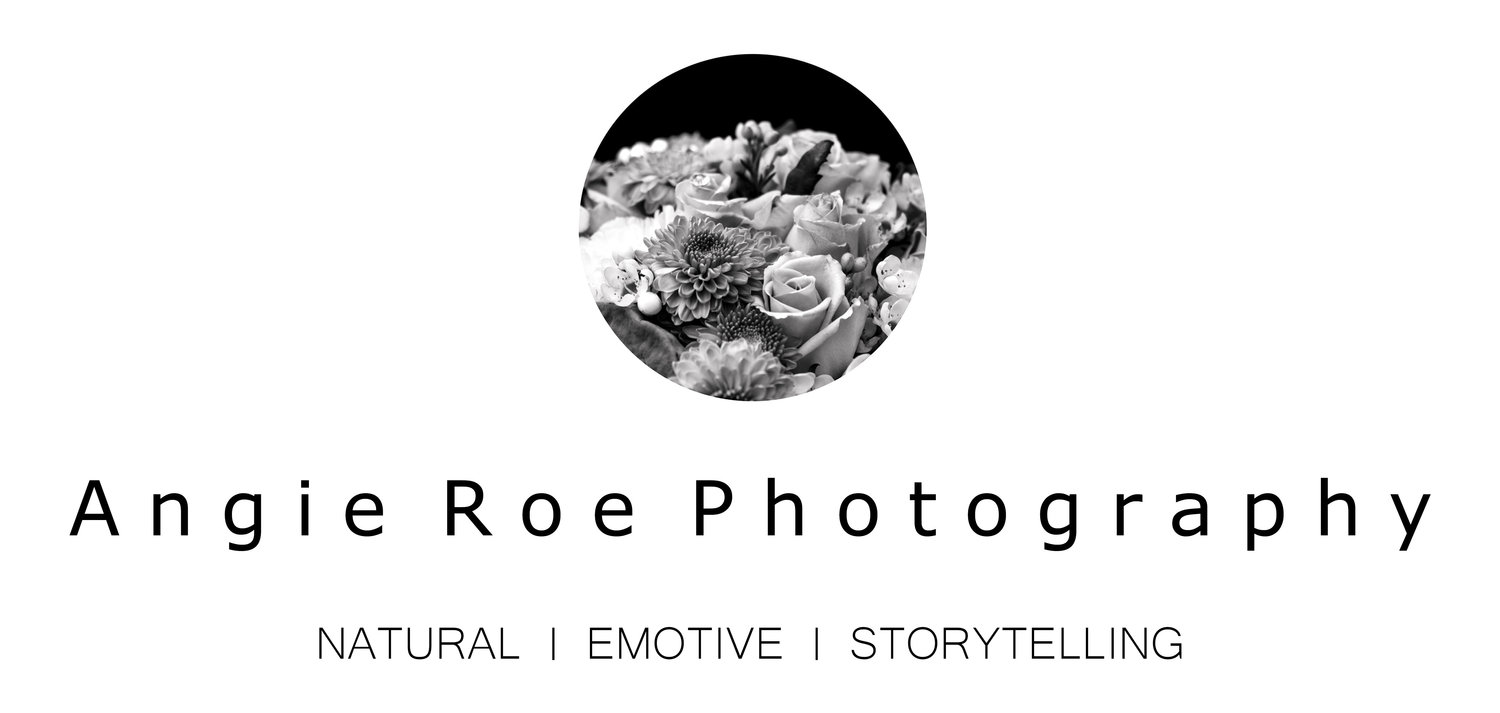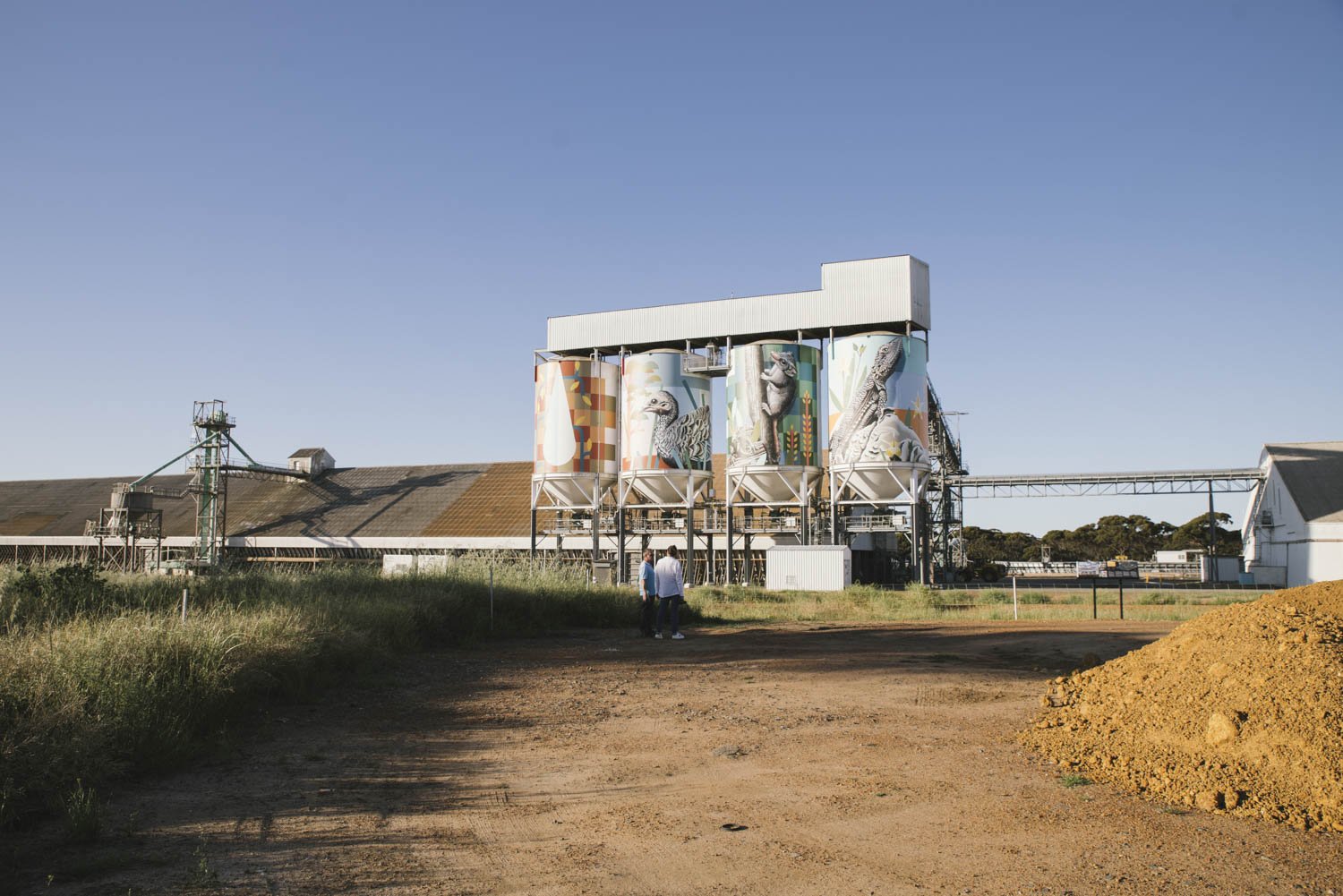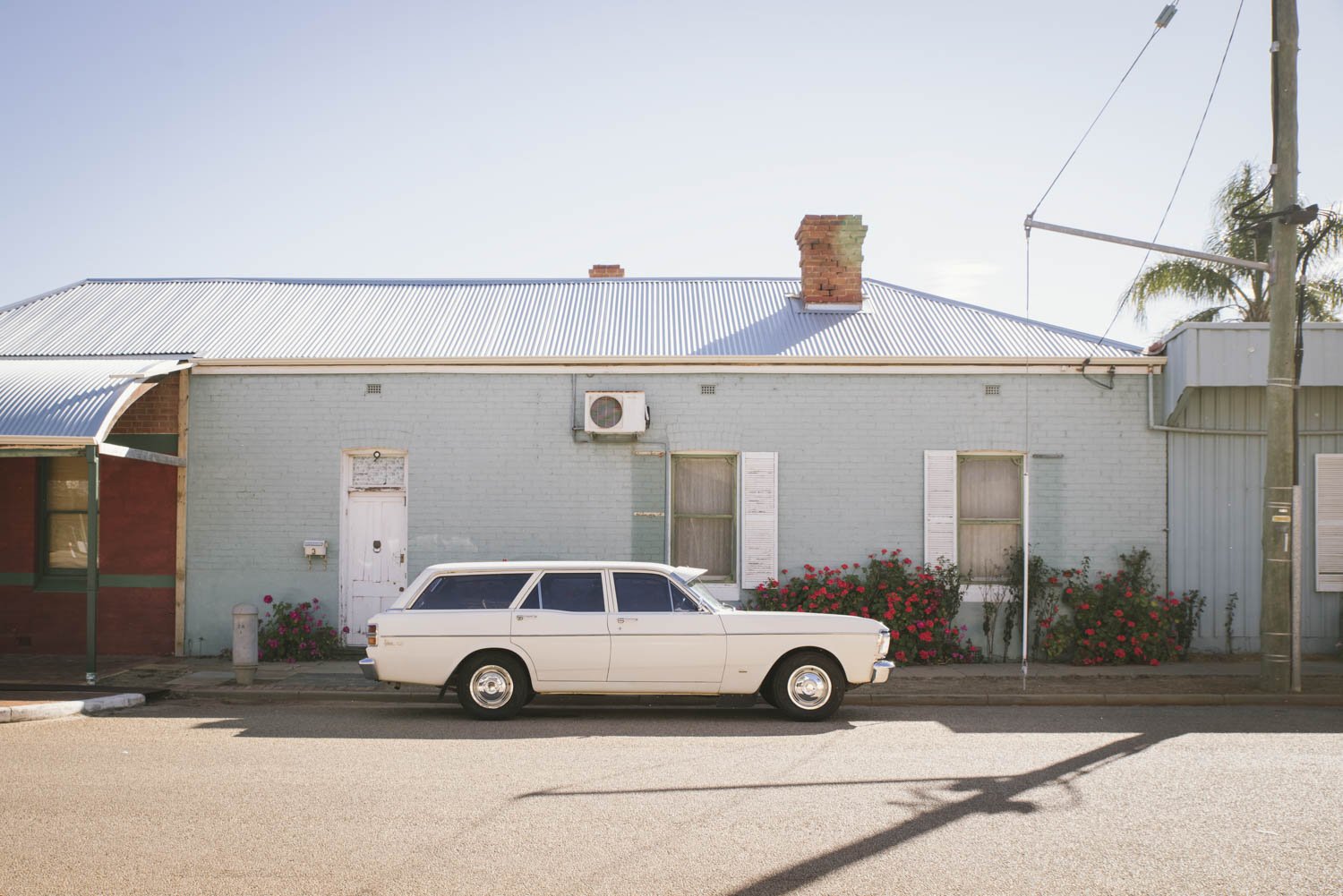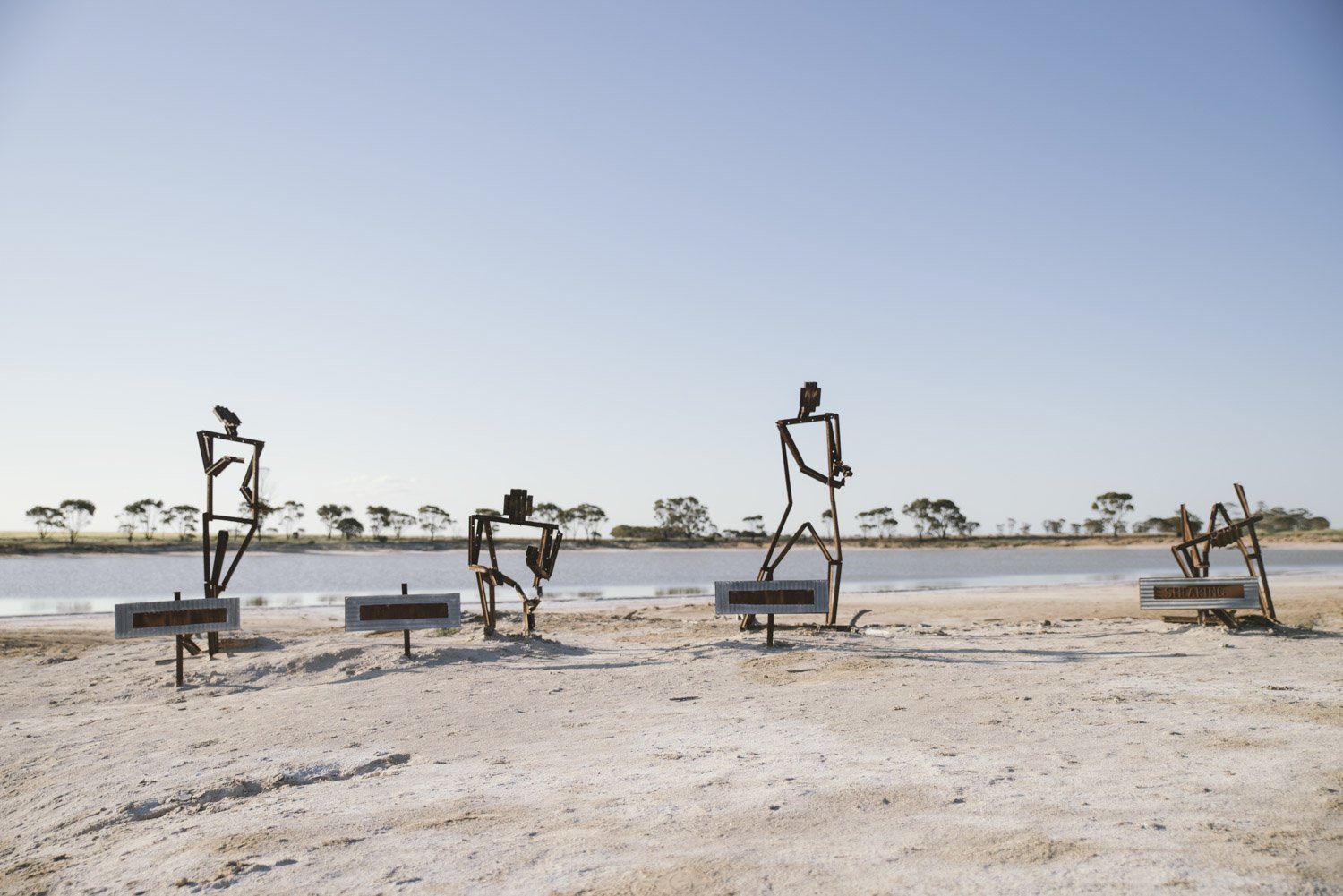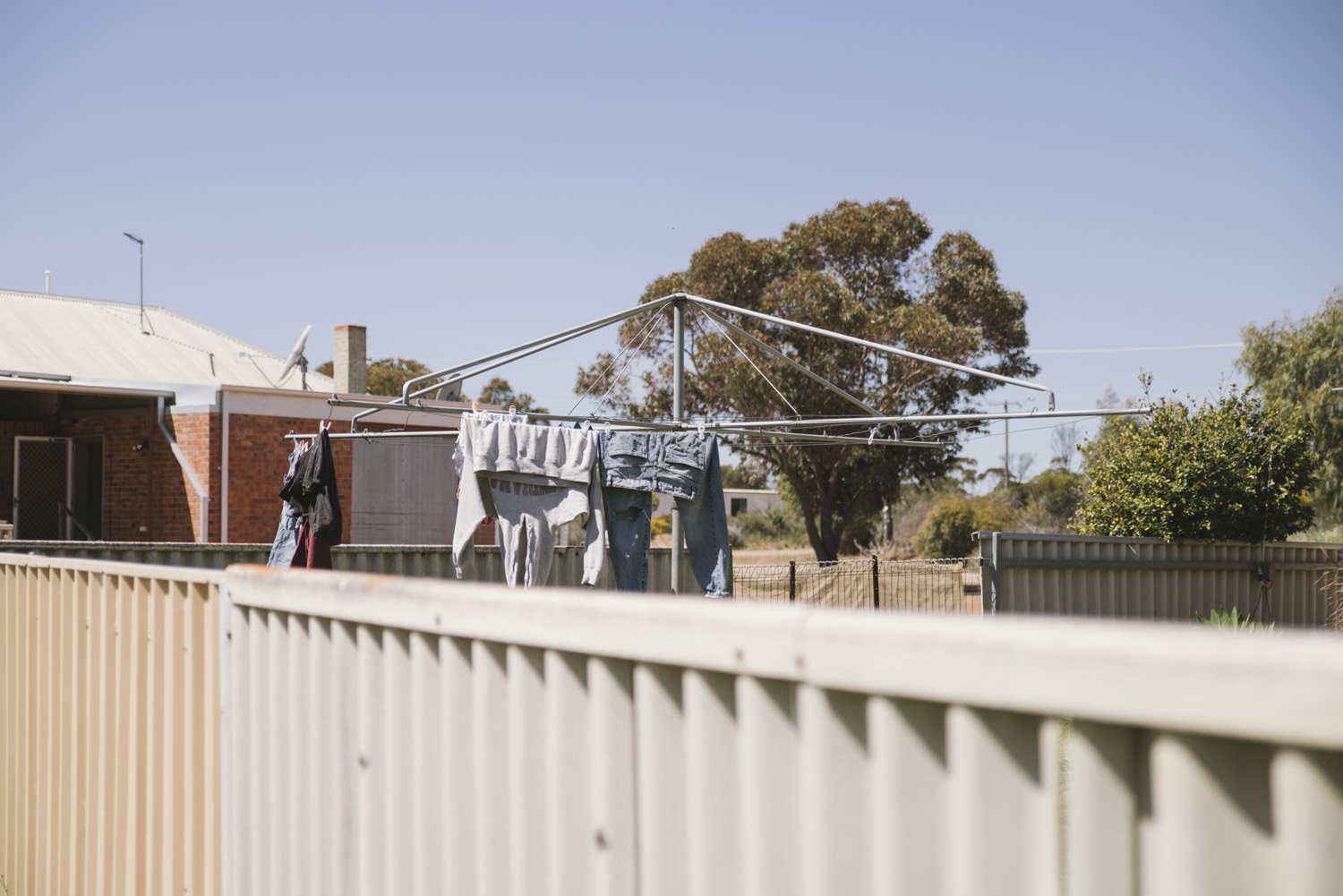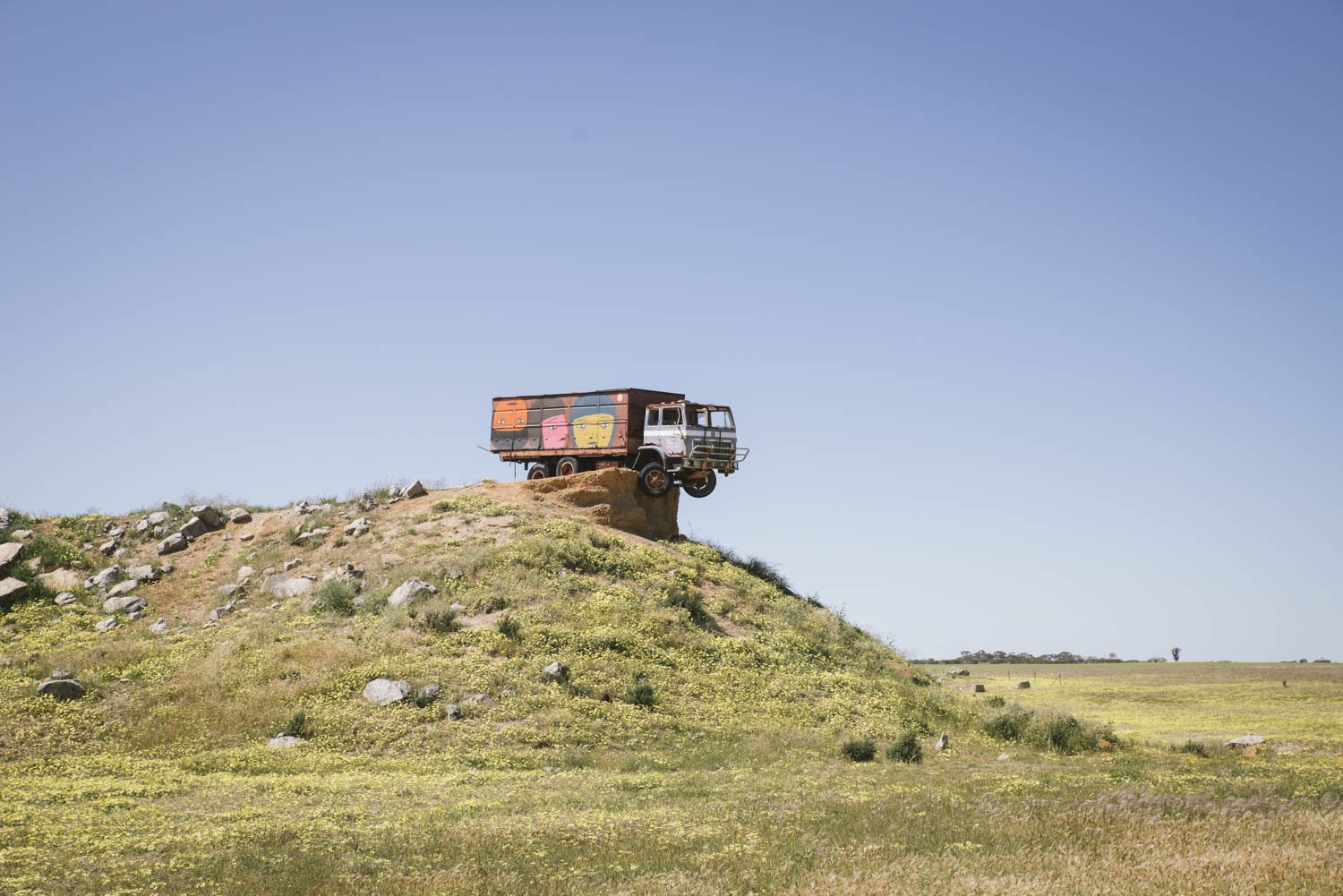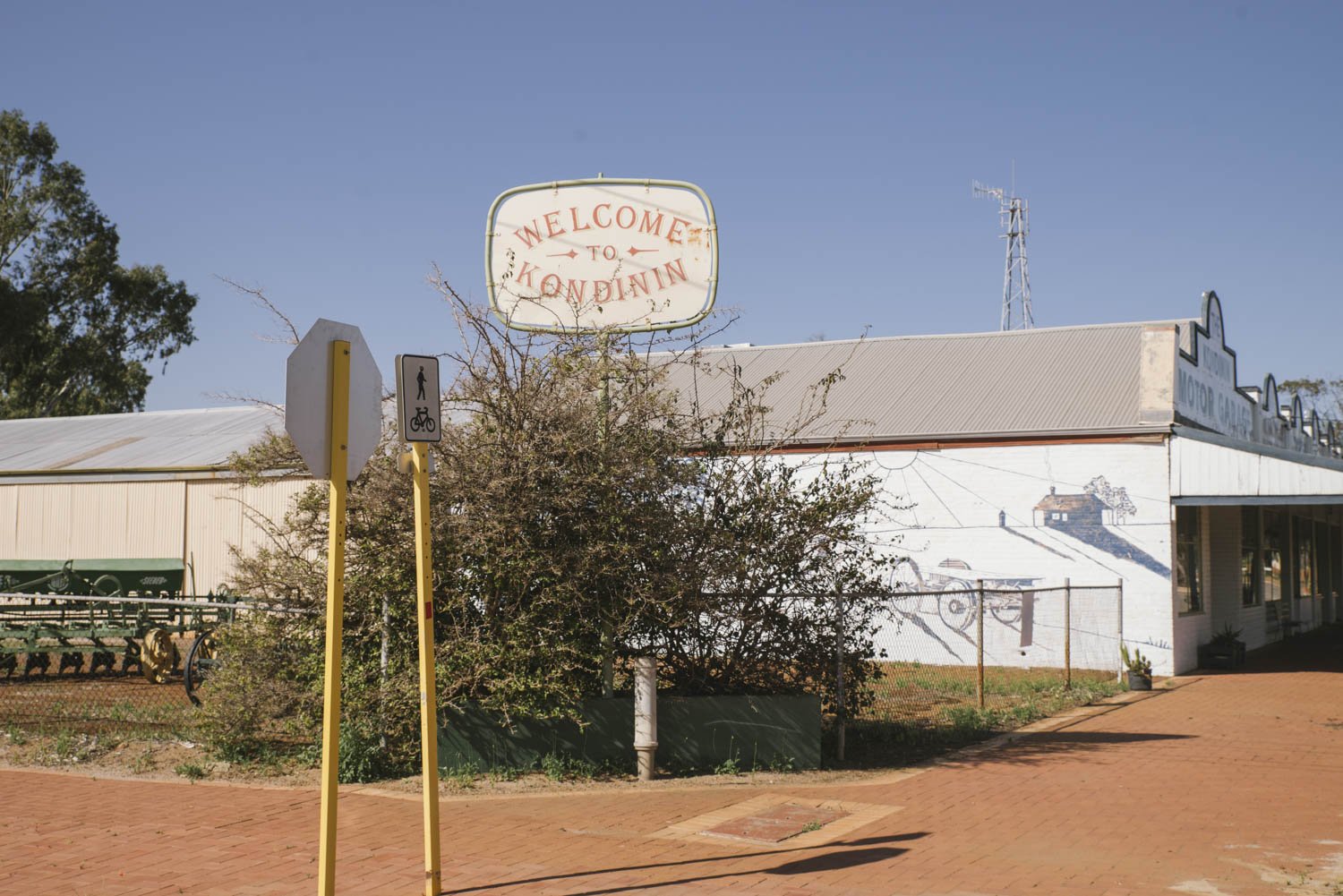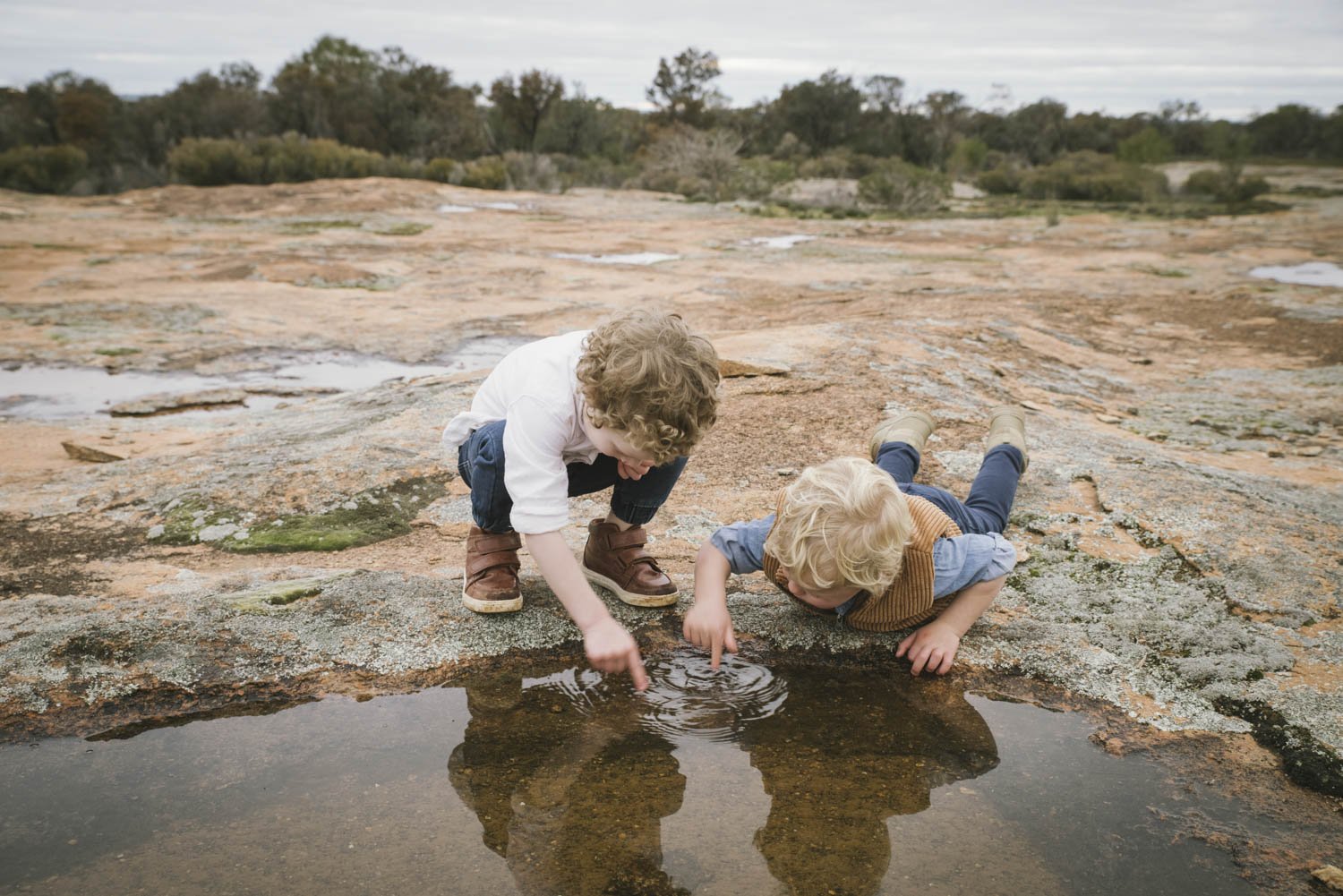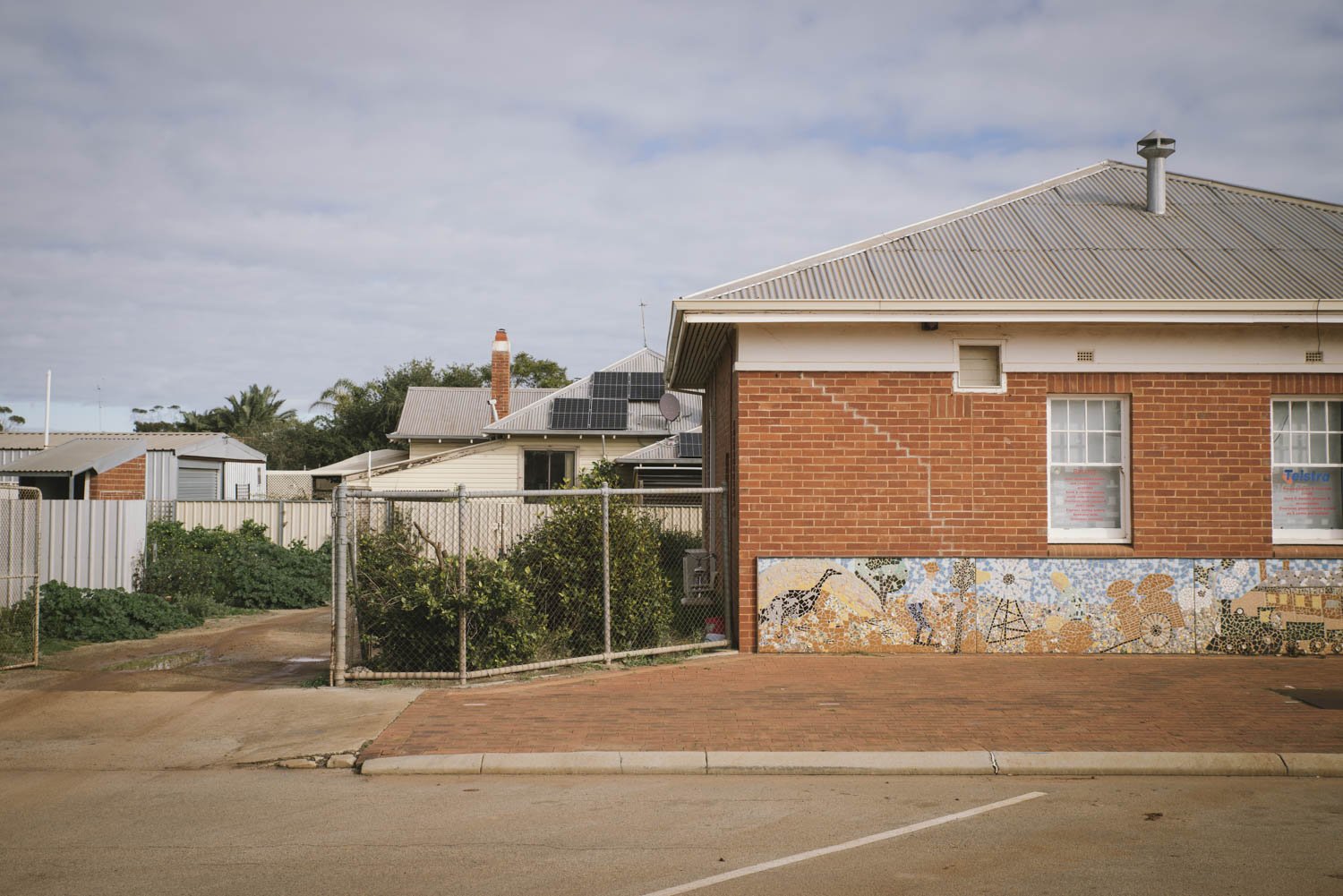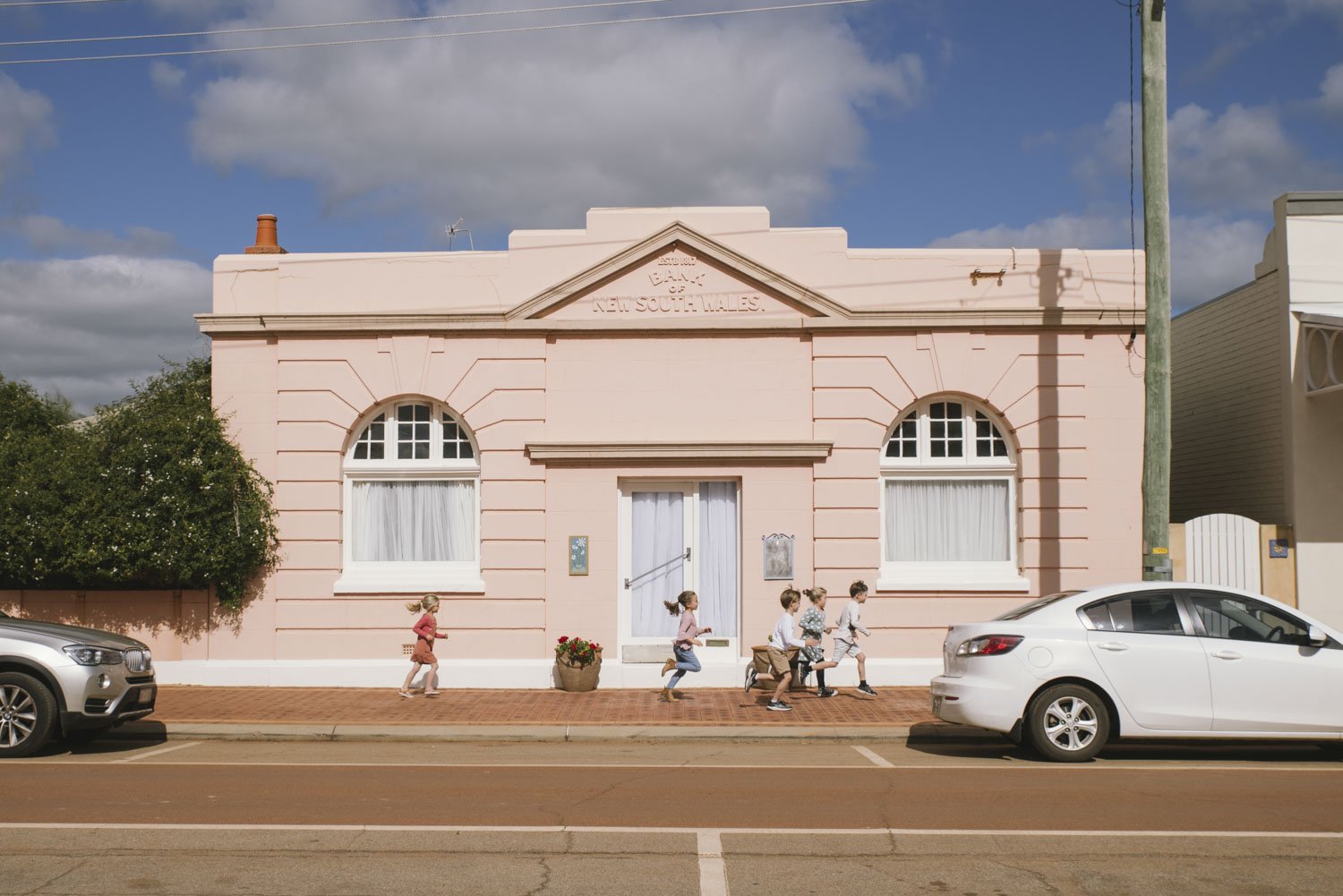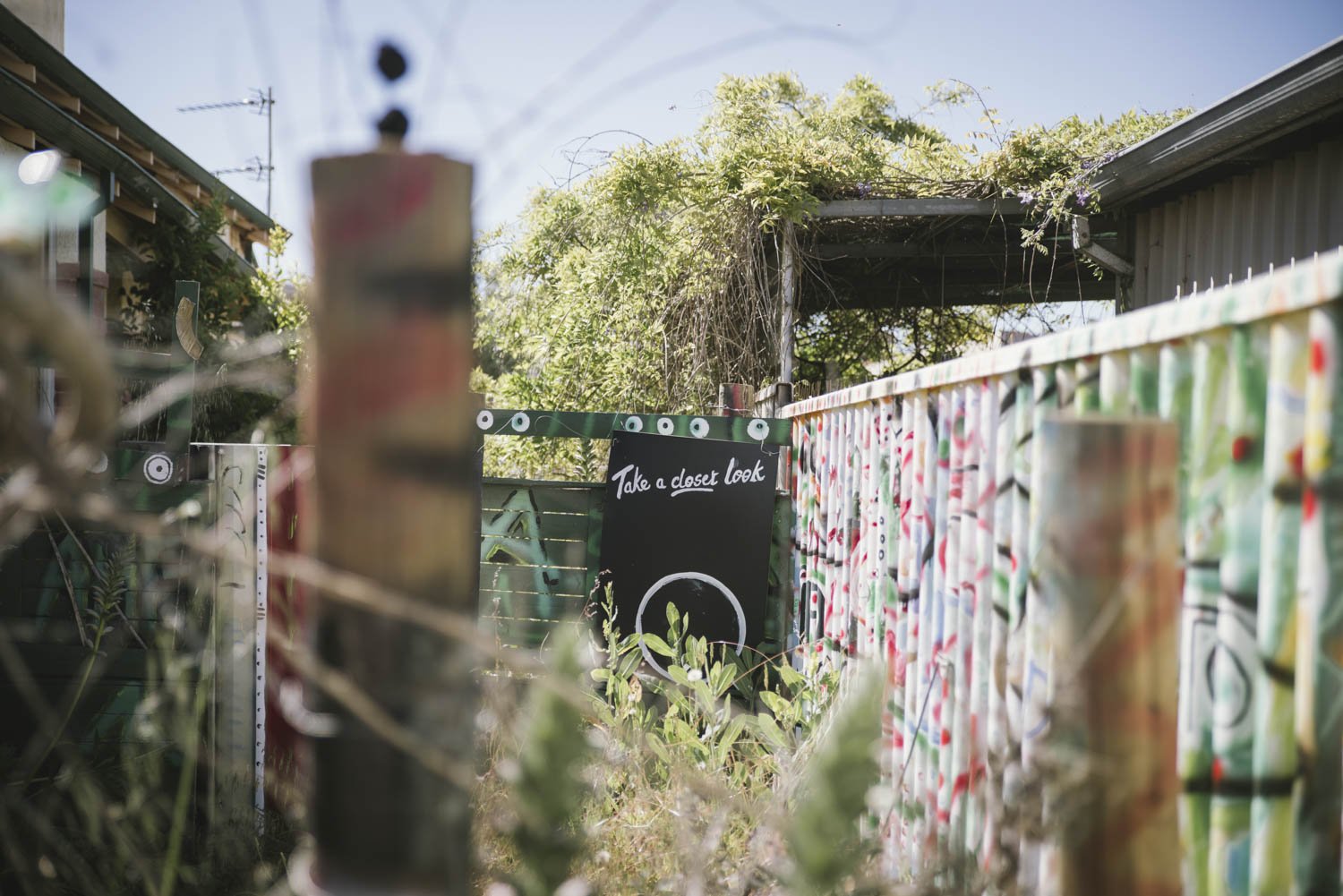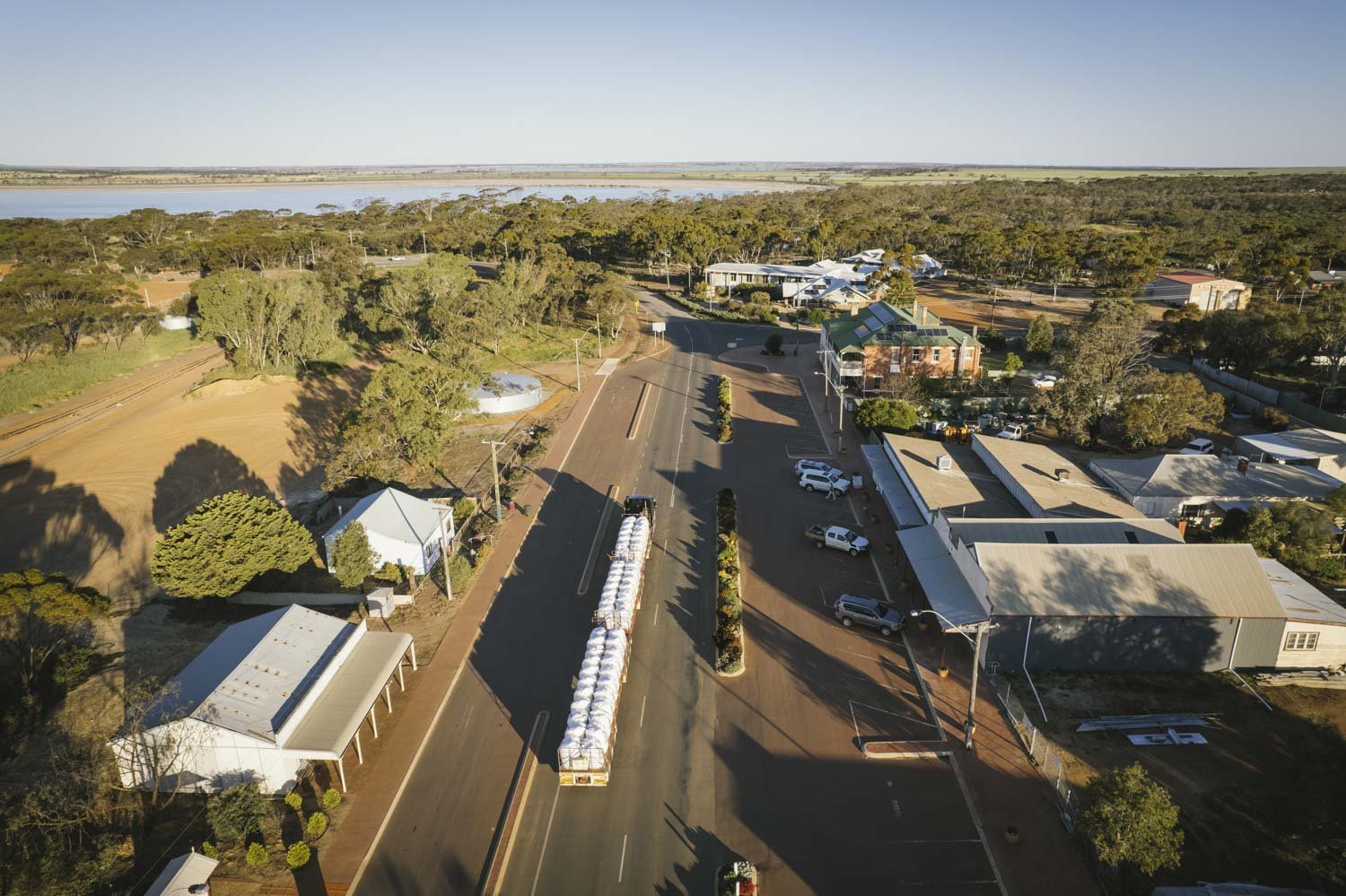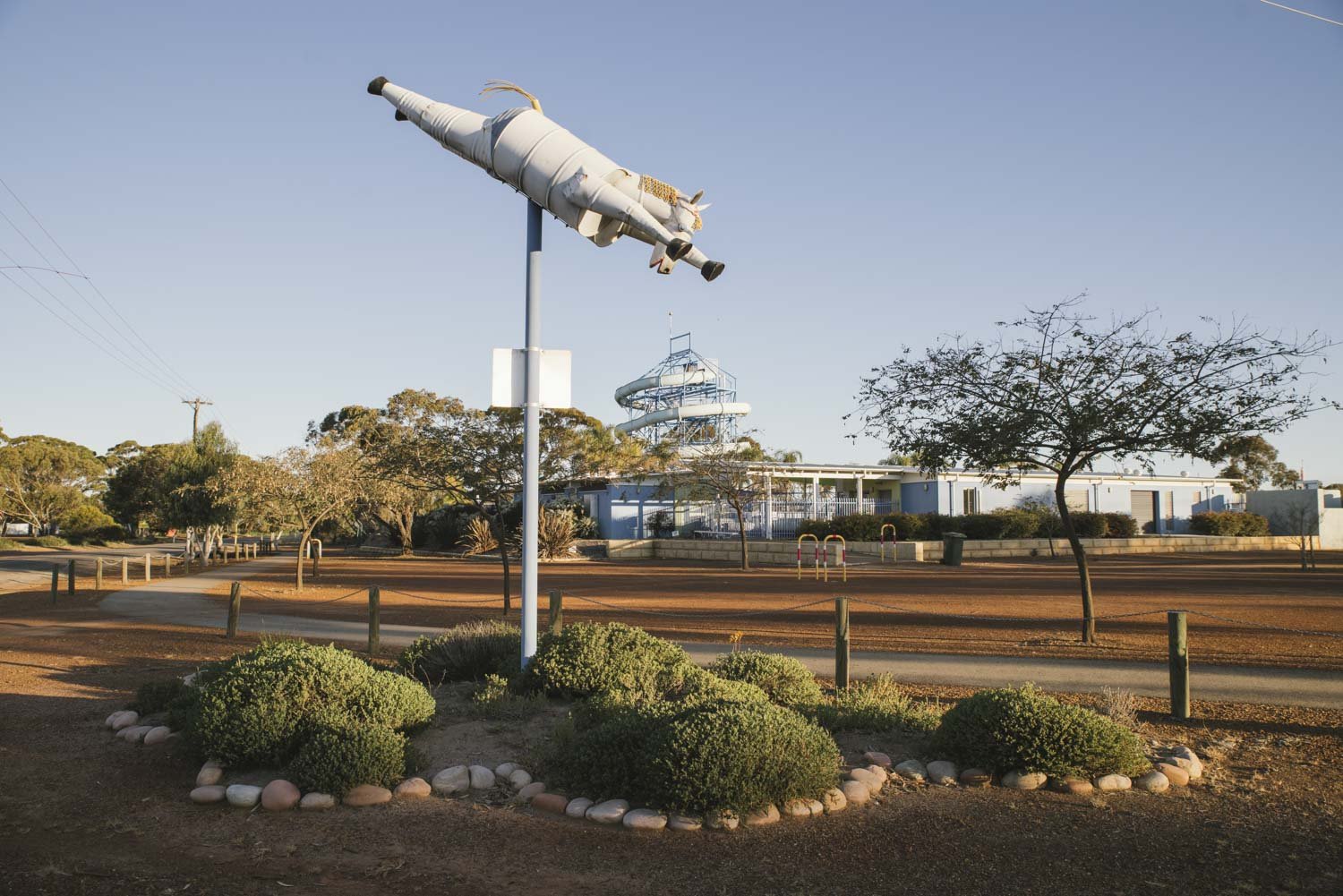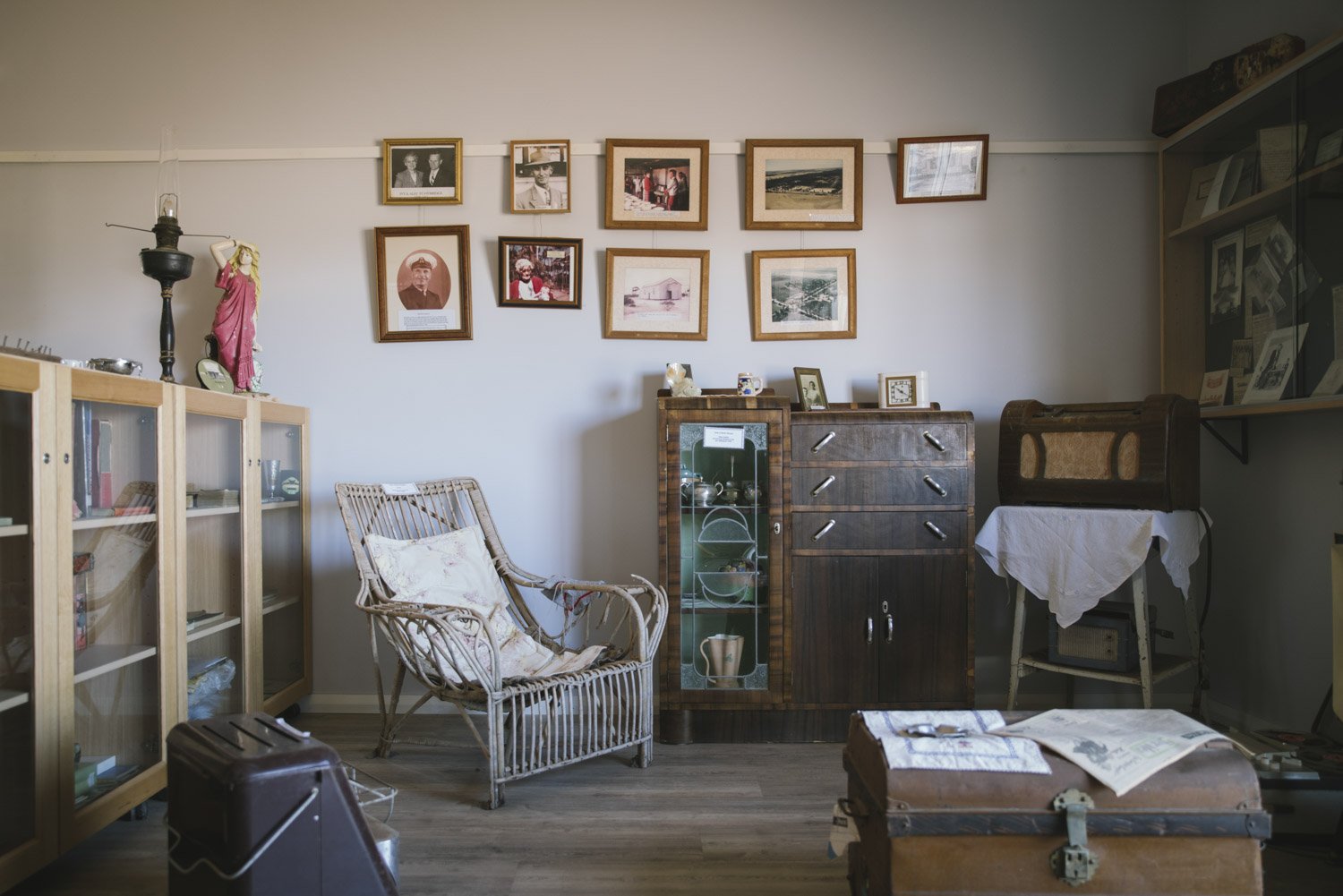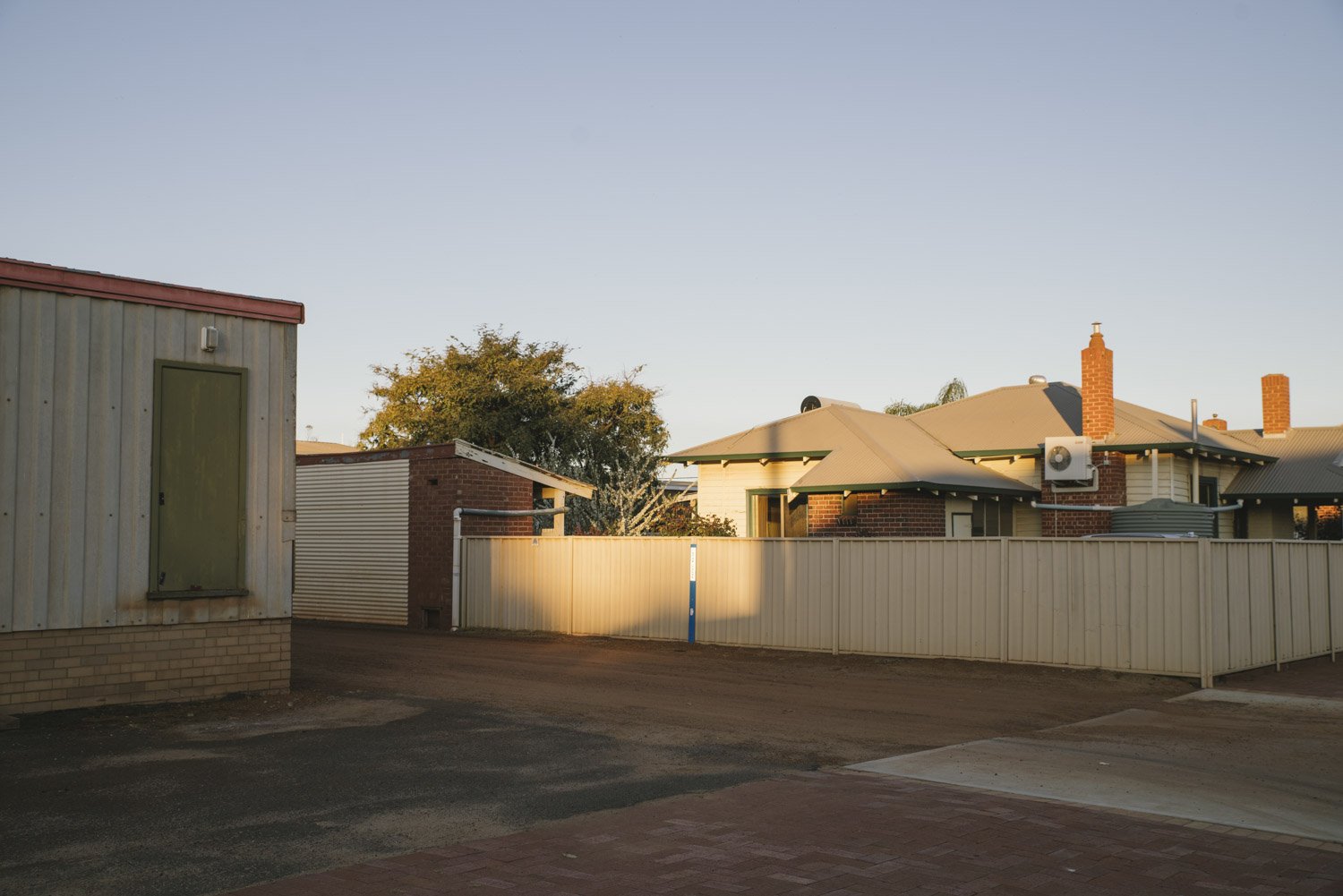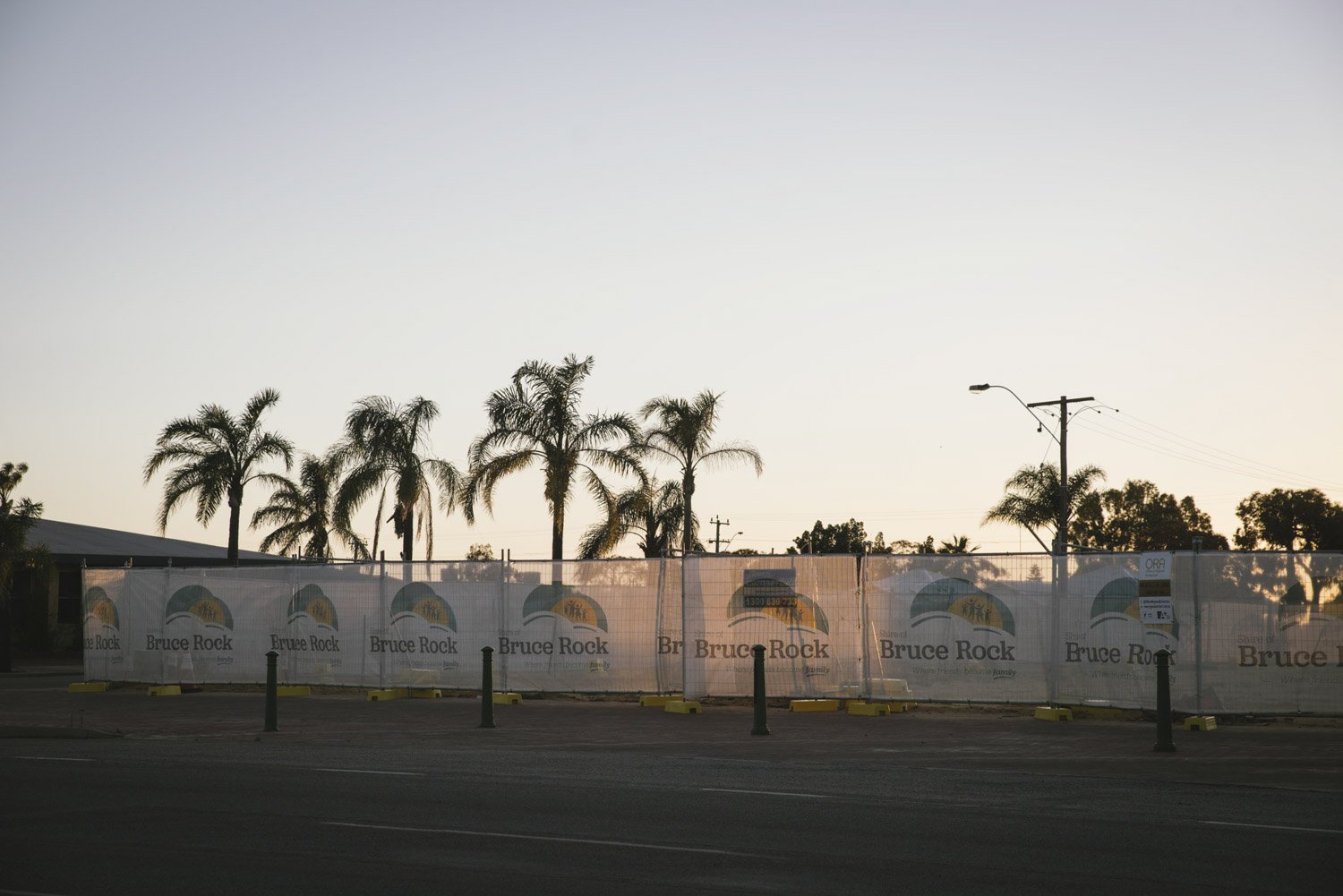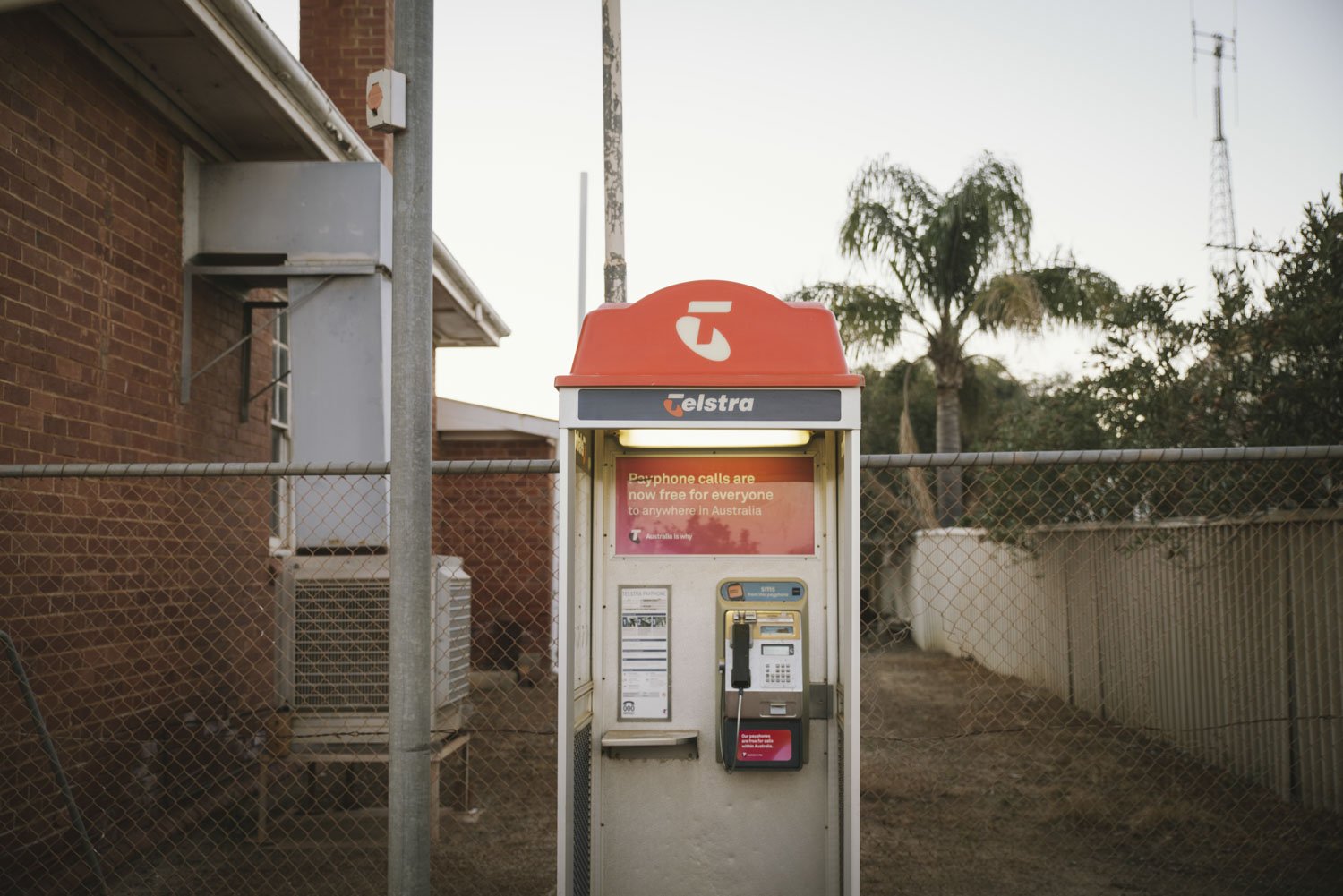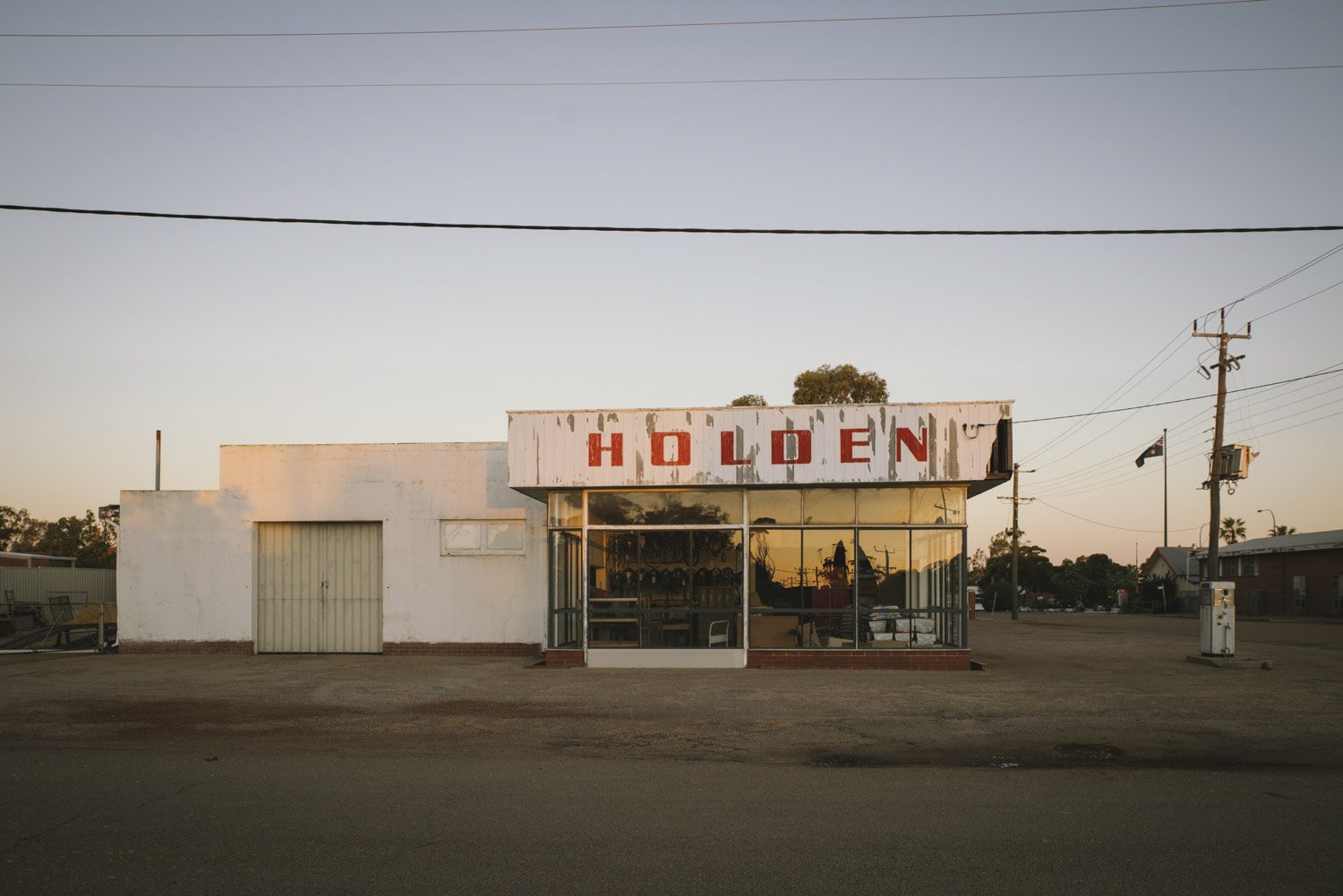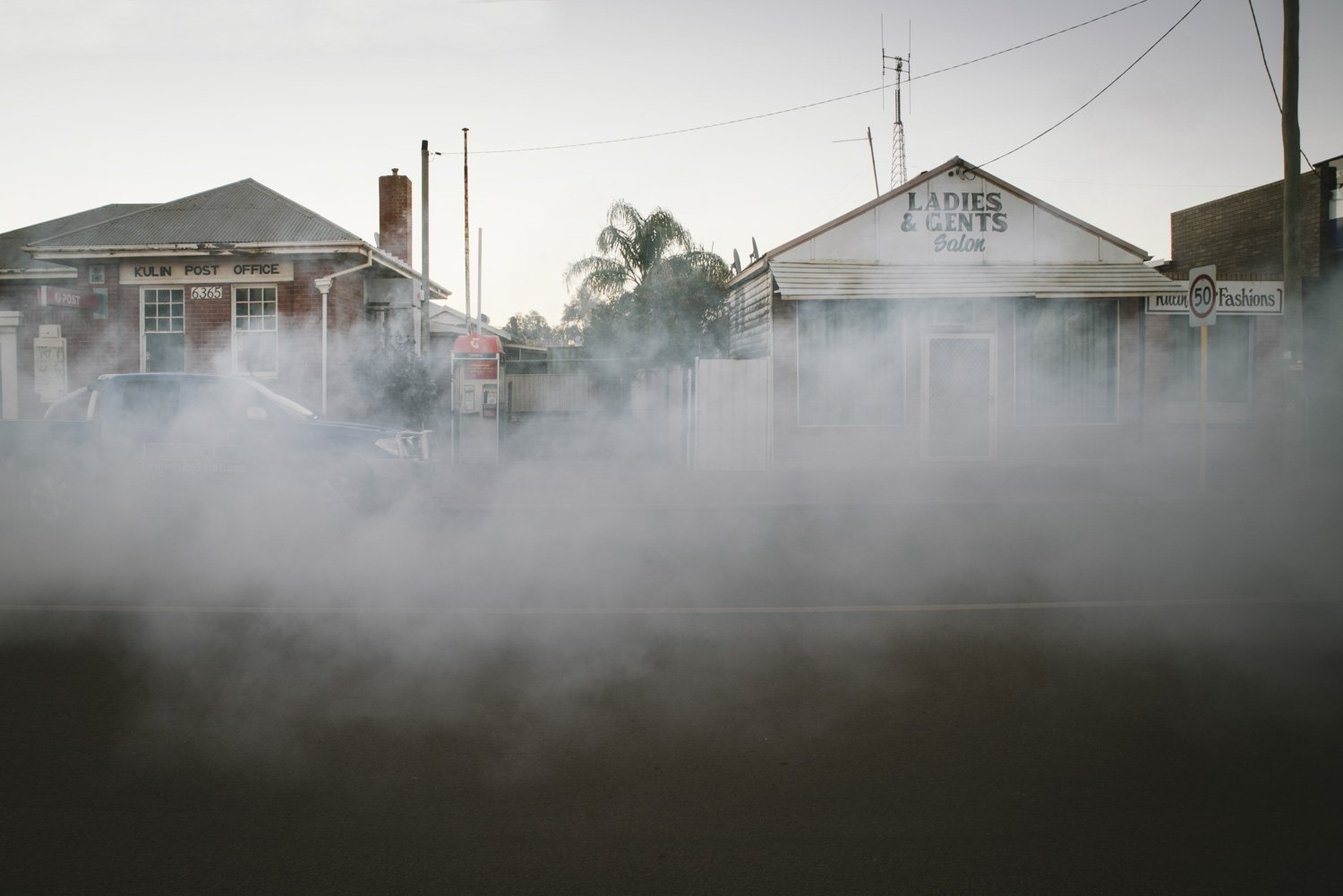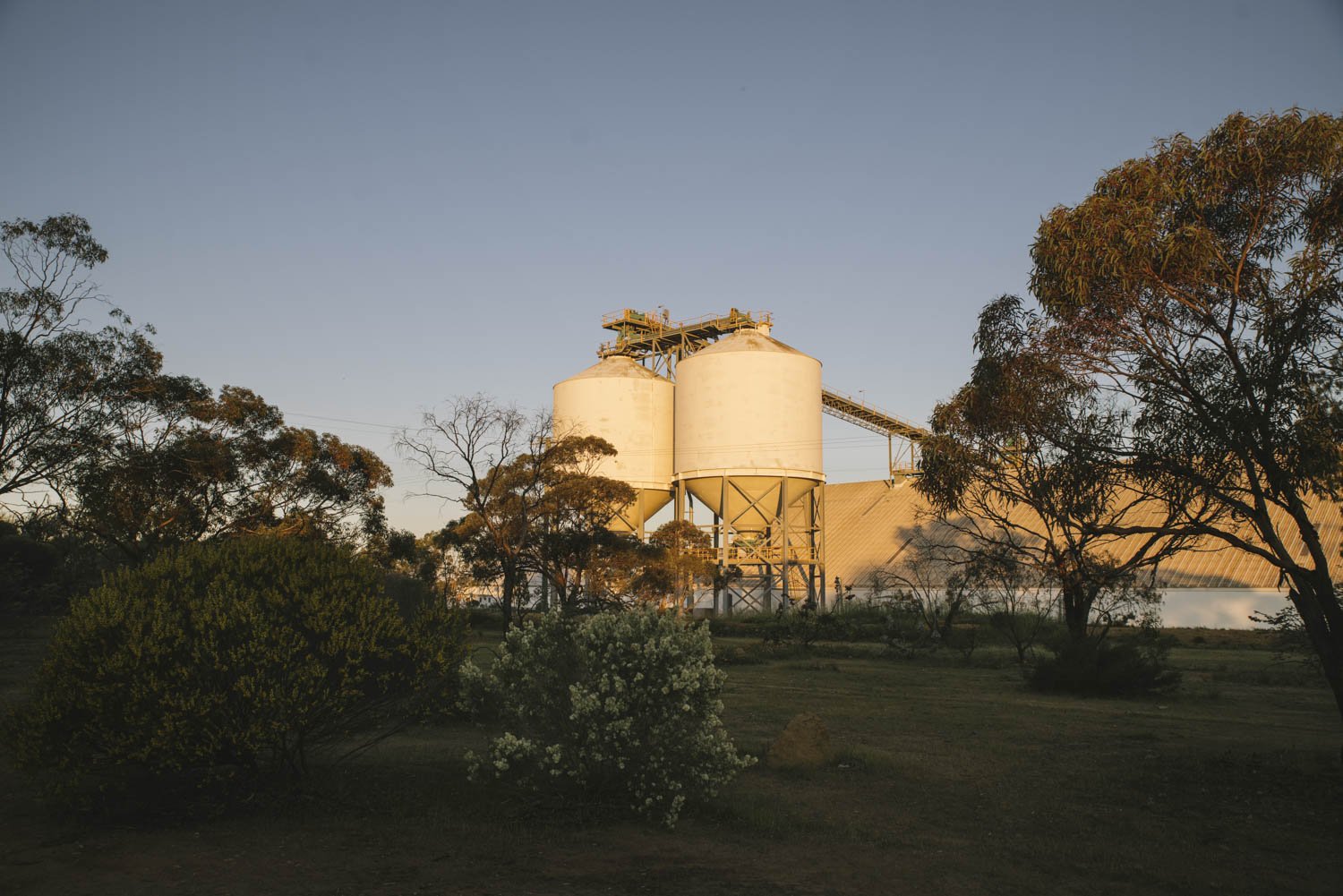Earlier this year I was approached by the Roe Tourism Association and invited to work on a project to produce visual content for Pathways to Wave Rock, a self drive tourist trail which loops through the south-eastern Wheatbelt, taking in the towns within the 7 Shires of Quairading, Corrigin, Kondinin, Kulin, Lake Grace, Narembeen and Bruce Rock.
The aim of the project was to produce a library of tourism based images with a difference, for the purposes of promoting this vast and fascinating region to both local and international visitors alike.
So in the months that followed, we traversed our way along the Pathways to Wave Rock, documenting the incredible towns, people and communities that we met and visited along the way. And although it was an amazing experience in its own right, this project held a special place in my heart, because it’s the route my third great grandfather (ie great, great, great grandfather) John Septimus Roe took during his final expedition to open up new farming country in 1848.
Captain John Septimus Roe was the first Surveyor General of WA, an Explorer, and a member of WA’s Legislative and Executive Council for 40 years, between 1829 and 1871. He was offered the position of Surveyor General at the fledgling Swan River Colony in Western Australia sometime in 1828, married Matilda Bennett in February 1829, and set sail for WA on the Parmelia the same month.
With only one assistant, and both the Swan River and Fremantle townsites to survey, plus the potential farming land around both, he had his work cut out for him during the early years. But he still managed to squeeze 13 children and a heap of exploring in, and to date, he’s probably best known as an Explorer, conducting 15 major expeditions across WA during his career.
The final and largest of them all was his 5 month expedition to the south eastern part of the state, which we now refer to as the Roe Tourism area, between 1848 and 1849. This was the longest and most successful journey of exploration undertaken in Australia before 1850, and after arriving back in Perth, exhausted and sick at the end of it, at age 52, he decided to hang up his boots on the exploration side of things, and just continue surveying until his retirement in 1871.
I am descended from his ninth child, Frederick Mackie Roe, who was also an Explorer, and who in conjunction with Charles Hunt, was responsible for opening up the road to the Goldfields by establishing a series of wells to enable travel to and from the region.
Frederick Mackie had three children, and one of them, Frederick William Roe (known as Willie) took up land in Grass Valley in the Shire of Northam, where my family has farmed ever since.
A number of JS Roes’ possessions remain in our family to this day, including his Surveyors Chain (a 66ft measuring chain of 100 links, each 7.92in in length), his wooden veterinarian box, which my dad houses his boyhood native bird egg collection in, a horse branding iron, believed to be one of the first registered brands issued in WA, and some studio portraits from the Manning Studio, which was the first photographic studio established in the Swan River Colony.
I find it remarkable that we’ve ended up with any of these things, given how many children he had, and how many they’ve all gone on to have over the ensuing 5 generations, and as a result, they are very special to our family.
Producing content for the Roe Tourism Association and Pathways to Wave Rock project has been a dream come true for me, not only because of my love for the Wheatbelt and Western Australian farming communities, but because of my connection to both JS Roe and the route he travelled on his final expedition.
To have been able to follow in his footsteps (albeit from the comfort of a car!) and document the towns and people along the Pathways to Wave Rock has been the highlight of 2021 for me, and definitely one of the most memorable projects I’ve worked on during my career as a professional photographer, and I’d like to thank the Roe Tourism Association for providing me with such a wonderful opportunity.
I hope the following images, which are just a handful from well over 1000 delivered, do justice to both this incredible region, and to the man who passed through it on horseback all those years ago.
